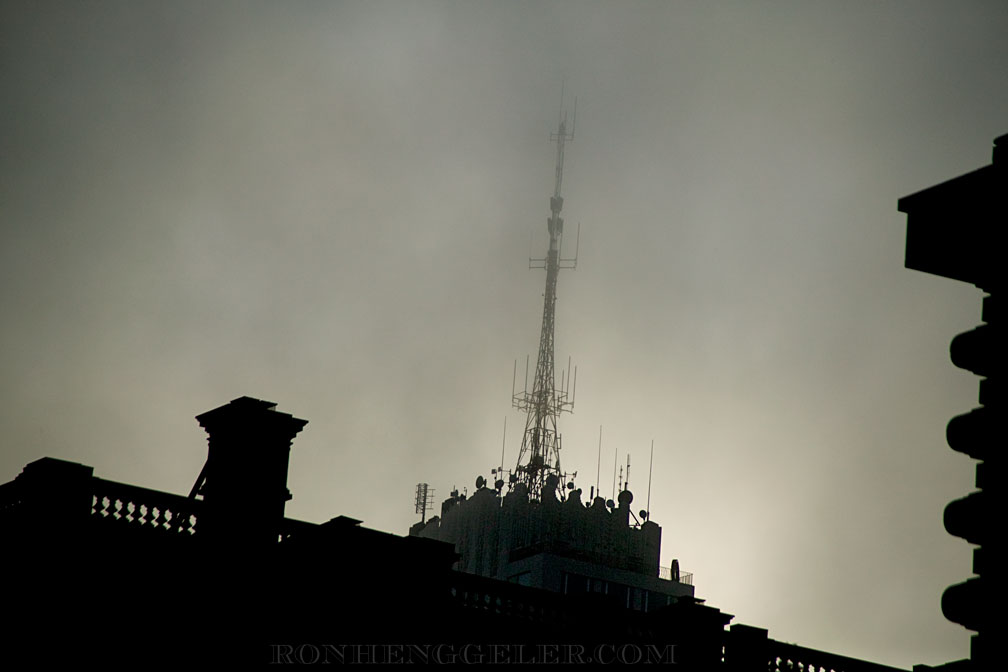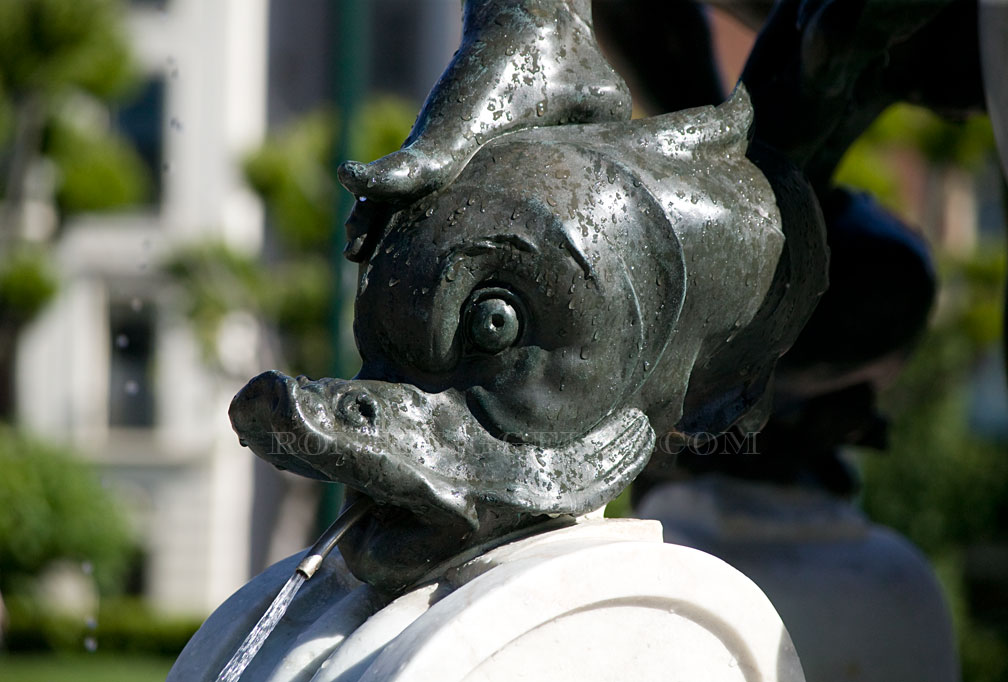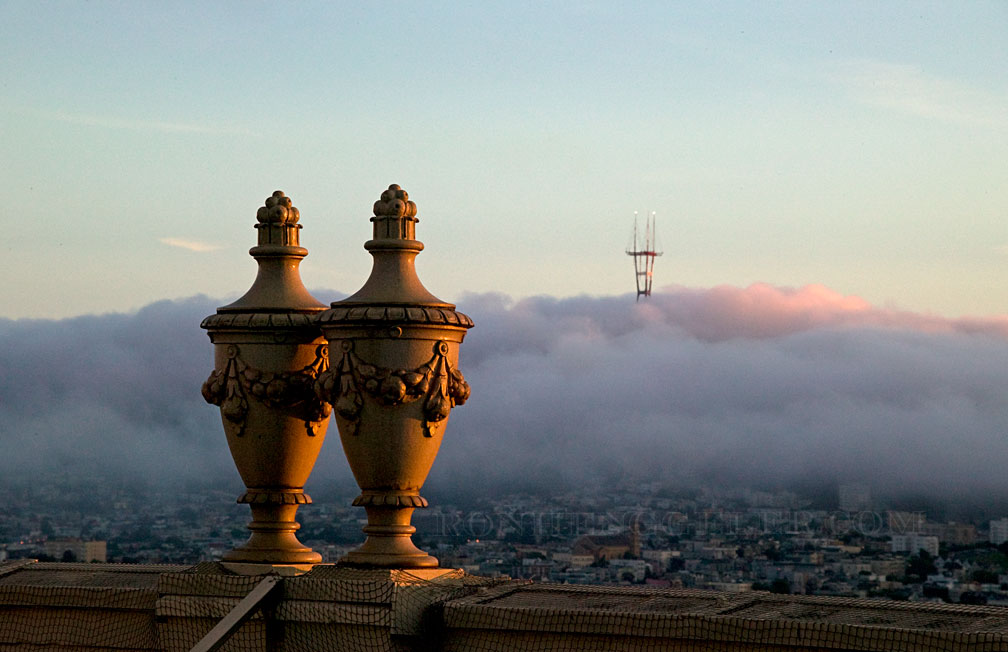RON HENGGELER |
July 5, 2007
Nob Hill in San Francisco
Nob Hill
‘In the mid 19th century, the first house to be built in the Nob Hill district was a large place with terraced gardens constructed by Arthur M. Ebbets from lumber originally brought around the Horn and used in the construction of a four-story rooming house, which he demolished. Ebbets arrived in San Francisco in 1849 and built a hotel out of discarded packing-cases. With a fortune won from this venture he went in the coal and fuel business, and finally became the city’s largest importer and exporter. His home was not on the crest of Nob Hill but on its slopes, near what is now Taylor Street. Ebbets built the first wagon road half way up the hill. At that time the elevation, being the most prominent point seen after a ship had entered the Gate, was called the Hill of Golden Promise. When the millionaires began building their palaces on it an English cockney satirically called it “Nob Hill”, a “nob” in cockney meaning an ostentatious snob. The name stuck, and although applied in derision originally has now become official by usage. ‘ SAN FRANCISCO AND THE GOLDEN EMPIRE BY BASIL WOON © 1935 HARRISON SMITH AND ROBERT HAAS
‘Before Andrew Hallidie’s cable cars conquered the steep hills of San Francisco, the wealthy preferred living in the low–lying flat areas of south park and the Western Addition. Nob Hill at the time was sparsely populated primarily by families of modest means in modest homes. With the advent of the cable cars and the explosion of the wealth from the Comstock Lode and the transcontinental railroad, Nob Hill’s views and commanding position above the Financial District suddenly looked mighty appealing to the Bonanza Kings and the Big Four railroad barons.
In 1878 Big Four mogul Leland Stanford built the California Street cable car line over Nob Hill. This newly created accessibility set off a mansion-building binge that resulted in a neighborhood of opulent and gaudy Victorian palaces never equaled before or since. By the 1890’s, more than the silver mines or the railroad trains, Nob Hill became the greatest symbol of California’s new royalty and its fame spread around the world. The fabulously wealthy mansion builders mistakenly thought their homes were immune to the occasional fires that plagued crowded downtown. And they were until the ferocious Earthquake and Fire of 1906 swept Nob Hill clean of its palatial wooden Victorians. All but the brownstone Flood mansion burned to the ground leaving only charred remains of the magnates’ magnificent excesses.
Today, Nob Hill’s prestigious hotels, charming park, and Gothic cathedral are a direct legacy of those prosperous pioneers and immigrants who once perched themselves atop this lookout over the city and state they effectively ruled. After the 1906 fire, California’s barons spread out to Pacific Heights, down the Peninsula, and abroad. Never again would the Golden State’s wealthiest concentrate in such a few square blocks.’
WALKING SAN FRANCISCO ON THE BARBARY COAST BY DANIEL BACON © 1997 Quicksilver Press
130 new images have been added to my web site in the Nob Hill section.
This collection of recent images begins here: http://www.ronhenggeler.com/San%20Francisco/Nob%20Hill/3-73.htm
When viewing the images, to proceed to the next image, click the blue arrow on the right that appears at the bottom of each image.
|
|
|
Newsletters Index: 2015, 2014, 2013, 2012, 2011, 2010, 2009, 2008, 2007, 2006
Photography Index | Graphics Index | History Index
Home | Gallery | About Me | Links | Contact
© 2015 All rights reserved
The images are not in the public domain. They are the sole property of the
artist and may not be reproduced on the Internet, sold, altered, enhanced,
modified by artificial, digital or computer imaging or in any other form
without the express written permission of the artist. Non-watermarked copies of photographs on this site can be purchased by contacting Ron.


